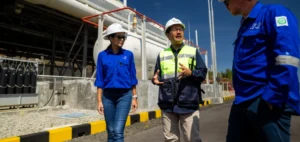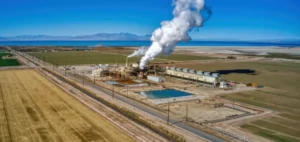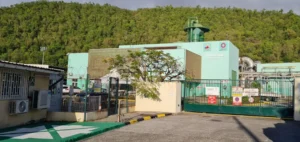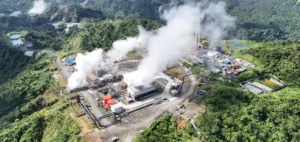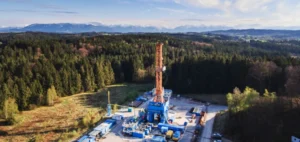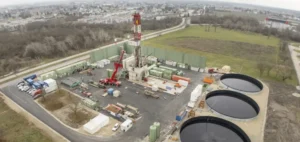US-based Ormat Technologies and energy engineering company SLB have announced a partnership aimed at accelerating the industrial rollout of integrated geothermal projects, including Enhanced Geothermal Systems (EGS). The agreement seeks to reduce the time between design and power production, with an initial pilot project planned at an existing Ormat facility.
An EGS pilot for commercial demonstration
The first phase of the partnership will include the design, construction, and assessment of a complete EGS system. This demonstrator is intended to validate the technical and economic feasibility of the technology. Ormat will contribute its expertise in geothermal plant development and operation, while SLB will be responsible for geology, reservoir engineering, and well construction.
The two companies aim to industrialise EGS systems, capable of generating electricity in regions where conventional geothermal resources are not viable. Once the pilot is validated, the partners plan to expand commercially to target independent power producers, utilities, and data centre operators.
Towards increased geothermal capacity
EGS involves creating artificial reservoirs by fracturing naturally hot rock to allow water to circulate, replicating the natural conditions needed to generate electricity. This approach could extend geothermal potential far beyond traditional volcanic regions.
According to estimates published by the United States Department of Energy, next-generation geothermal systems could generate up to 90 gigawatts (GW) by 2050, with a maximum potential of 300 GW within the country. This ambition reflects a drive to strengthen energy independence by expanding the range of long-term domestic electricity sources.
A structured partnership to meet rising demand
The partnership between Ormat and SLB includes joint development of technologies and projects, covering every stage of the value chain from reservoir engineering to plant connection. This structure is intended to efficiently target high-energy-demand industrial actors such as data centre operators, who represent a growing share of global electricity demand.
The two companies are relying on their technological complementarity to reduce the risks and cost of EGS projects while improving profitability. The announced pilot project is designed to demonstrate the real-world performance of these systems, a key requirement to attract institutional investment in this emerging segment of the energy sector.




